Evolution of 3-D Open World Games – 1996-2007
Open worlds are currently all the rage in gaming. The concept is pivotal to countless modern games, from RPGs, through shooters, to racing games. Having this in mind, we decided to give you a brief outline of the history of open worlds in games.
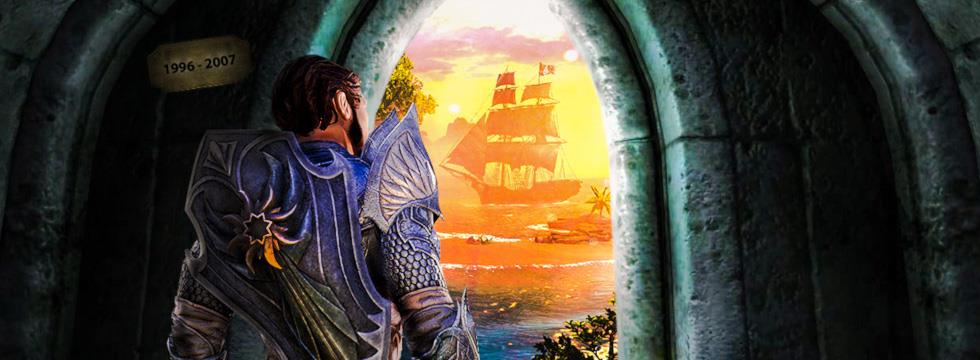
An open world – a virtual environment that enables us to explore freely and without constraints – is not a new concept in video games. Looking back at some of the older titles, you will find that the first attempts of creating an open world can be traced back to Sega’s Jet Rocket simulation, developed in 1970. The first, fully scalable open-world games were 1984’s Courageous Perseus and Hydlide. The first bolder attempts were made in the 90s, and the formula established back then remains widely popular until this very day. Now, let’s take a short trip down the memory lane, and take a look at this concise overview of open-world games created between 1996 to 2007.
Hello, World. Are you open yet?
It’s hard to pinpoint a single, universal definition of an “open-world;” the games included in this selection will fit some definitions well, while others might find them nearly heretic. One way or another, outlining some commonalities of all open-world games will not go amiss. Most of them are titles, where the player is freely able to explore the available area, which in most cases is contiguous (but may occasionally be temporarily limited); loading screens are optional. The player is not forced to engage in the main storyline to enjoy the game – GTA has a storyline, but you can just steal a car and roam the city to your heart's content while listening to country music.
The Elder Scrolls 2: Daggerfall (1996)
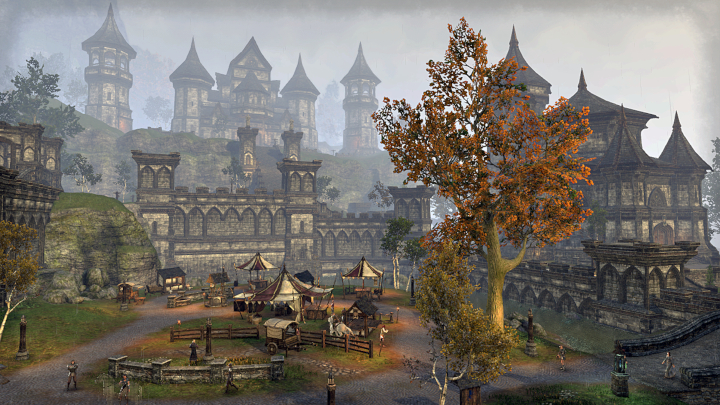
IN A NUTSHELL:
- Developer: Bethesda Softworks
- Publisher: Bethesda Softworks
- Genre: RPG
- Platform: PC
Possibly the most audacious attempt at creating an open world was committed before open worlds had even gone mainstream. Daggerfall was bonkers. The game world was roughly the size of the UK, which gave the player many locations to explore. Truly, ‘twas the stuff of legends. Walking from one end of this ridiculously big map to the other would take more than two weeks real time, and nope, we are not kidding, the game featured 750,000 NPCs. This should give you a general idea of just how vast that world was. On the downside, it was largely generated procedurally, which meant significant recycling of assets, and resulted in a much more artificial feel to it. However, implementation of the world such as this one alone was a unique, impressive achievement – especially considering the hardware capabilities of 1996 computers.
The plot of Daggerfall was a good, logical story from beginning to end. In the second installment of The Elder Scrolls series, the players are tasked with saving the Kingdom of Daggerfall. The main mission was to discover why the king's spirit cannot rest in peace, haunting the streets of his own capital. At the beginning of the game, the main character wakes up in a cave, after their ship is destroyed in a storm. Therefore, our first task is to get out of the cave and reach Daggerfall – this is how the classic way of beginning an Elder Scrolls game was born.
Everquest (1999)
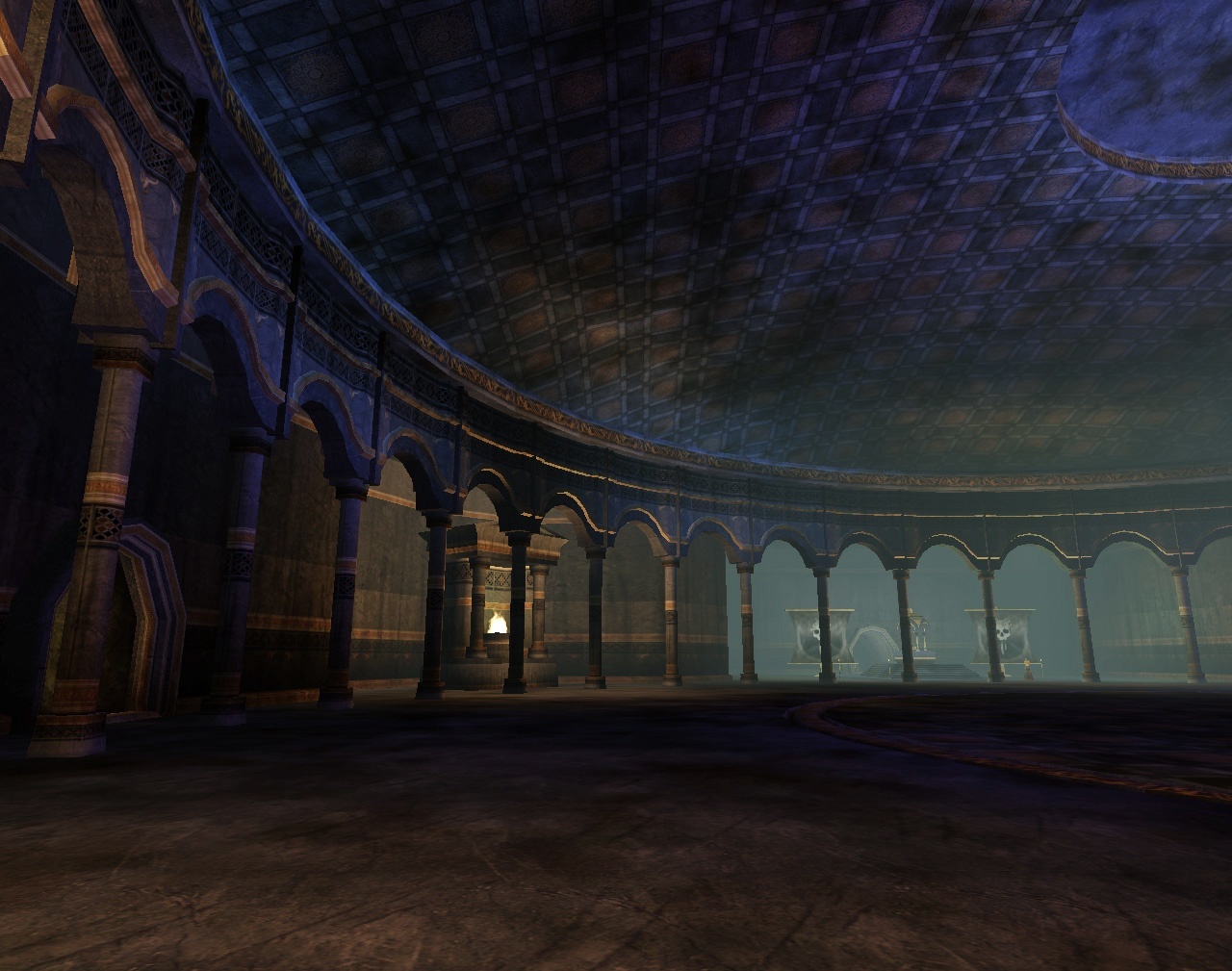
IN A NUTSHELL:
- Developer: Daybreak Game Company/Sony Online Entertainment
- Publisher: Daybreak Game Company/Sony Online Entertainment
- Genre: MMORPG
- Platform: PC
Let's move on to Everquest, which is surprisingly still doing well today, boasting impressive numbers of active players 20 years after its release. 2017 has seen the release of yet another DLC for the game (the 24th one), entitled Ring of Scale.
In Everquest, the players got a huge world rendered with incredible detail. However, it’s different from what contemporary games tend to offer, as it was divided into several larger zones, which was dictated by the severe technical limitations of the PCs in the late 1990s. As no extended streaming capabilities were available yet, the developers had to take into account loading times of particular zones and try to keep them at reasonable levels. First pancake, and all that.
Particularly interesting here was the fact that players had the ability to freely travel across the entire world, in addition to performing typical role-playing, storyline-related RPG stuff. More importantly, the game also introduced many, rather modern, elements, such as a day-and-night cycle, instances, PvP battles, guilds or various classes and races.
Gothic (2001)
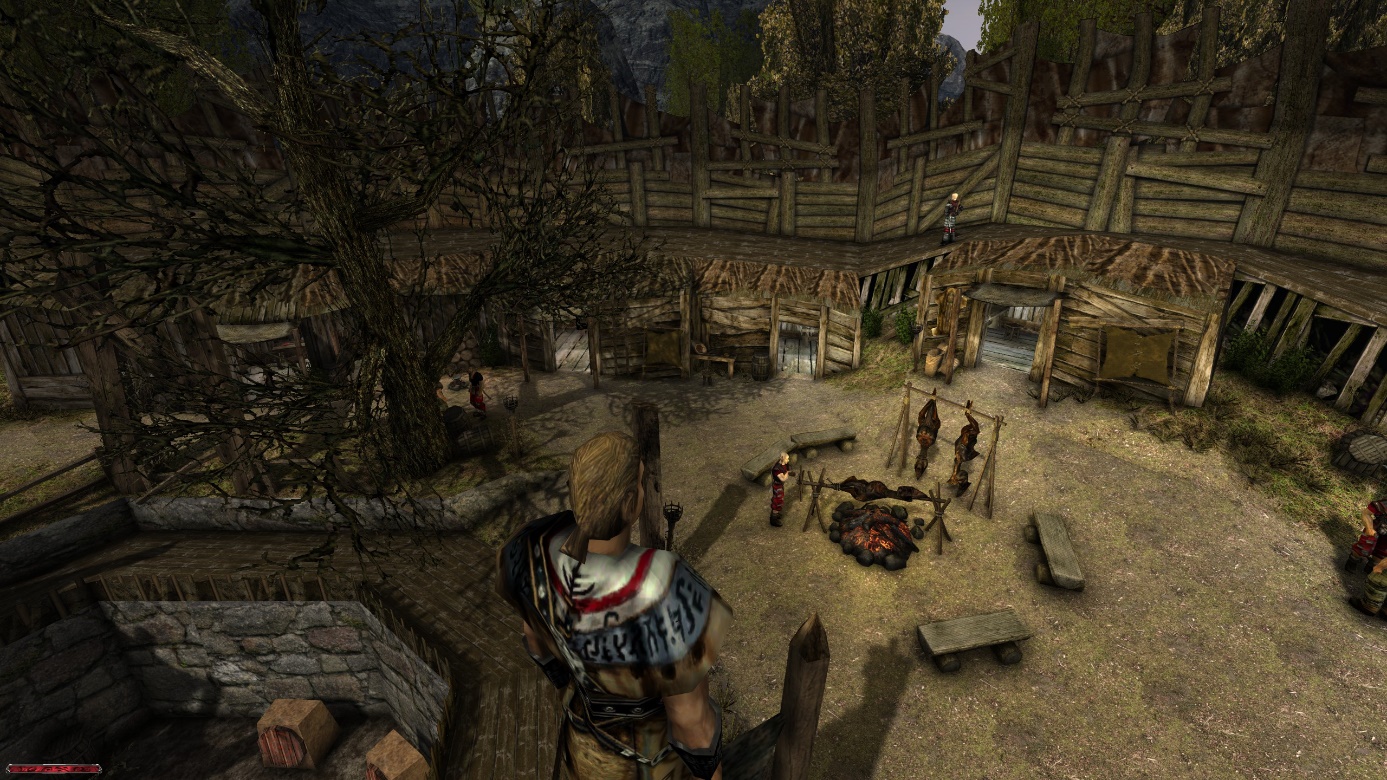
IN A NUTSHELL:
- Developer: Piranha Bytes
- Publisher: Egmont Interactive
- Genre: RPG
- Platform: PC
What was so interesting about the world of Gothic? The fact that the Colony was alive. At first, all quests were performed during the daytime – at night, NPCs returned to their beds. Another interesting thing was that levels of enemies were not scaled – which is something modern RPGs are still fine-tuning. Players could encounter opponents of different strength in the various regions of Khorinis, including enemies that were a lot more powerful than the main character. While the protagonist had free access to all the areas, most of them were off-limits due to the strength of enemies there, limiting the player’s activities to the areas where they were able to survive. The world depicted in the game had an area of almost two square kilometers and required a powerful rig, with 64MB RAM and a 350-Mhz Pentium II – a true beast.
In Gothic, we play the nameless character who, given the choice to join one of the game’s three major factions, is supposed to break the spell that isolates the Penal Colony of Khorinis from the rest of the continent.
Freelancer (2003)
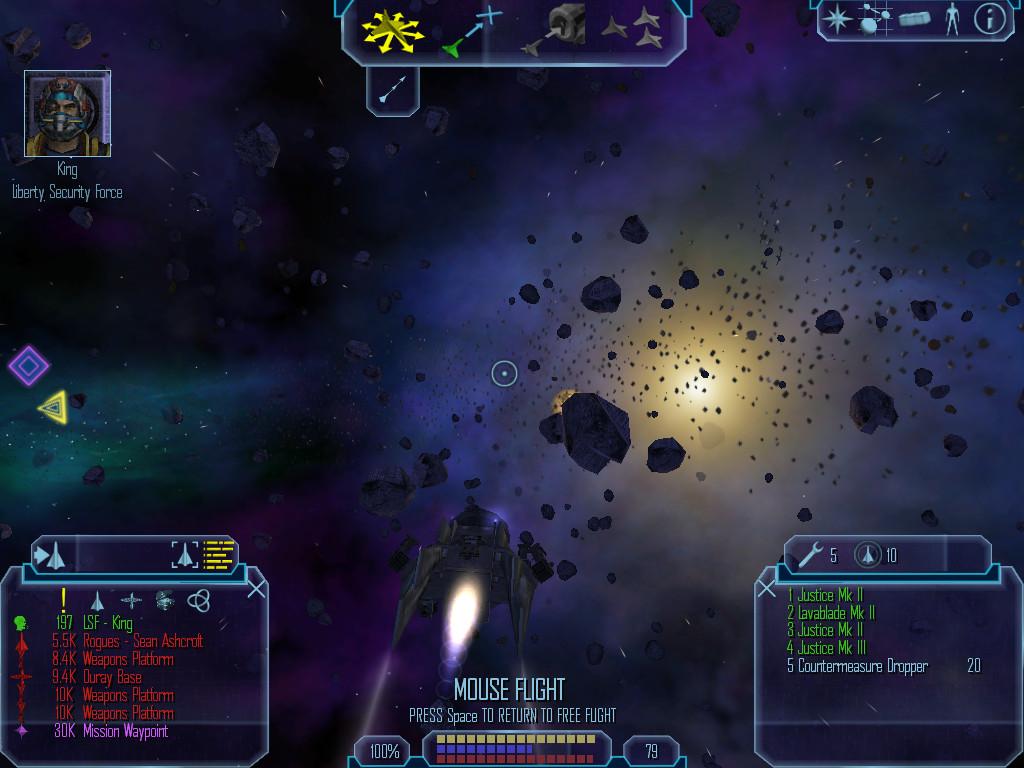
IN A NUTSHELL:
- Developer: Digital Anvil
- Publisher: Xbox Game Studios/Microsoft Studios
- Genre: Simulator
- Platform: PC
Another noteworthy open-world game would be Freelancer, where the player took on the role of a civilian traveling across space in search of galactic adventures. And adventures they could find, as the game offered a wide spectrum of careers and professions, ranging from trading to seeking glory in interstellar battles. While traversing the galaxy, we could come across diversified groups of NPCs, including pirates, ruthless mercenaries, as well as fanatical missionaries. In addition to simply roaming the space, the game would enable us to trade various goods, perform missions or customize our spacecraft as we saw fit.
As far as the space in the game is concerned, I suspect that the developers responsible for Freelancer approached the concept of the “vast expanse of outer space” very seriously, and this is how we got this cute SF space sim. The space that the players have at their disposal was filled with countless space stations, planets and fleets. And the whole area could be roamed freely. It was, at the time, quite mind-blowing.
World of Warcraft (2005)
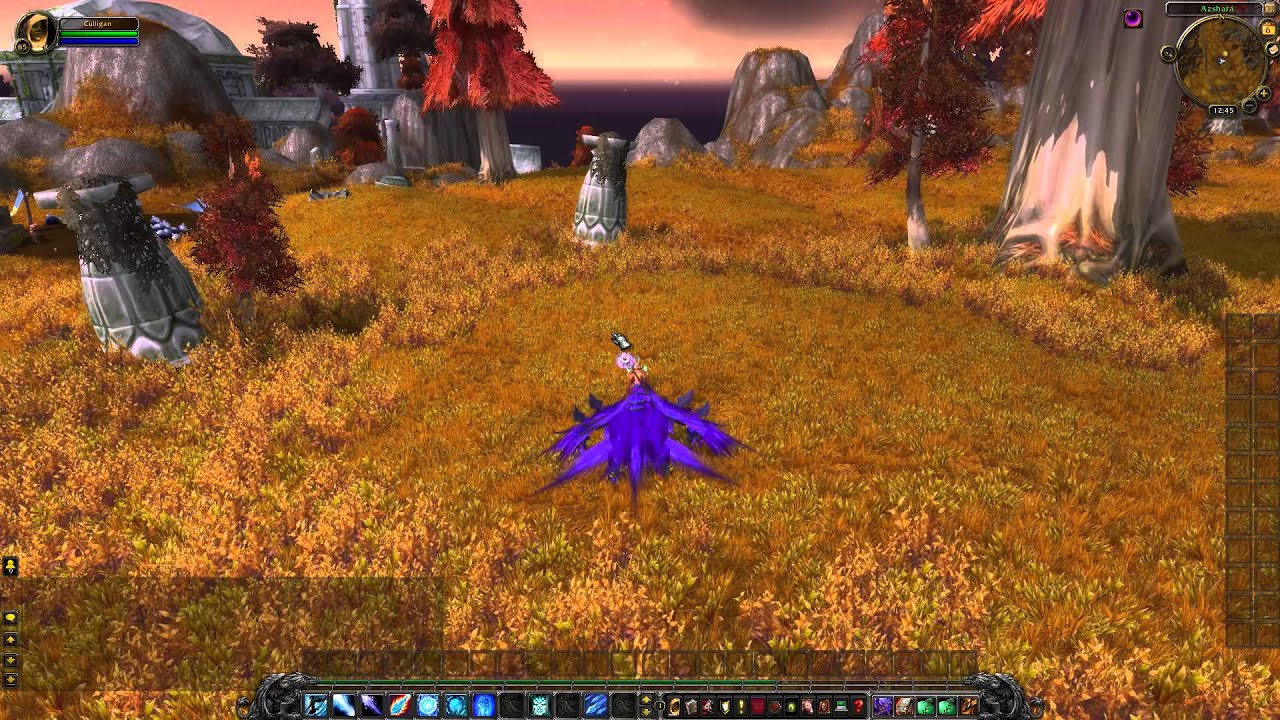
IN A NUTSHELL:
- Developer: Blizzard Entertainment
- Publisher: Blizzard Entertainment
- Genre: RPG
- Platform: PC
World of Warcraft – a game everyone knows or at least has heard of. The game, which till this day, with several million active players, remains wildly popular, and has been expanded with the addition of numerous major DLCs. The game developed to become a true, massive online multiplayer world.
WoW is known not only for its good lore and polished gameplay but – above all – for the vast world offered to the players. In the game, we travel around the world called Azeroth, where we can fight against thousands of players from the farthest reaches of the realm. When it comes to the area we have at our disposal, it features diversified environments. We can travel through cold, icy deserts of Winterspring, the jungles of Stranglethorn, the mystical forests of Kalidar, and many other vibrant landscapes. It's worth mentioning that WoW's world is constantly being developed and expanded so that the game can still impress with visuals, beautiful animations, and detailed textures. Otherwise, WoW wouldn’t be able to attract new players at such an astounding rate.
Just Cause (2006)
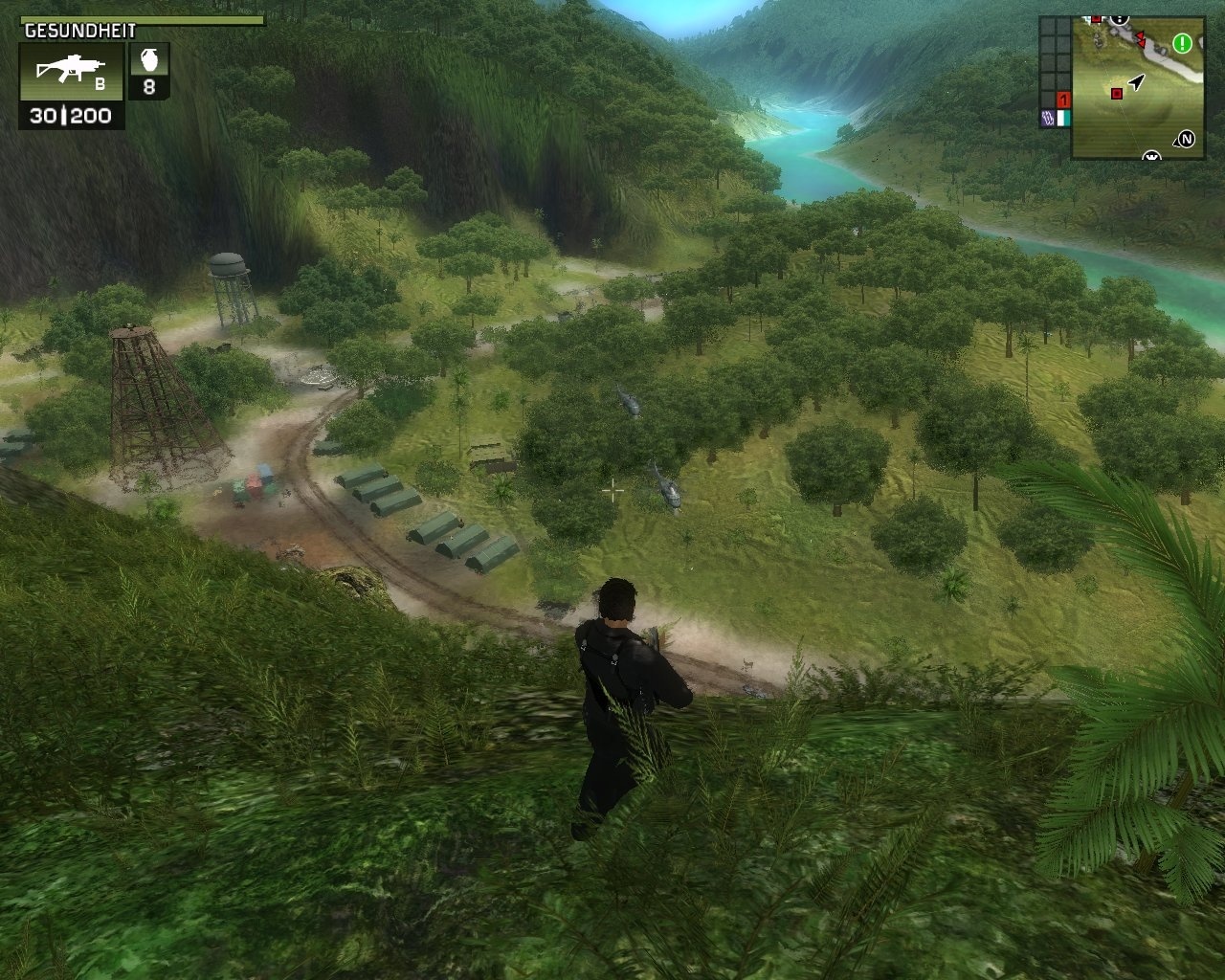
IN A NUTSHELL:
- Developer: Avalanche Studios
- Publisher: Square-Enix/Eidos
- Genre: Action
- Platform: PC, Xbox, PS2, X360
The action of the game takes place on the South American island of San Esperito. There, playing as a CIA agent, Rico Rodriguez, our task is to overthrow the corrupt government and discover whether rumors about the alleged development of weapons of mass destruction are more than rumors indeed.
To complete this task, the player is given an area of about 1000 square miles. We have to admit that the sandbox is impressive in terms of size. The island features tropical vegetation, beaches, jungles, but also rural and urban buildings. Just Cause also allowed the player to explore every piece of land prepared by the developers without any constraints. 20 missions guided us to the completion of our task, but the game didn’t force us to complete the storyline at any point. In addition to the missions, we can engage in a number of side quests and activities, which will allow us to explore many different locations on the island.
Stalker: Shadow of Chernobyl (2007)
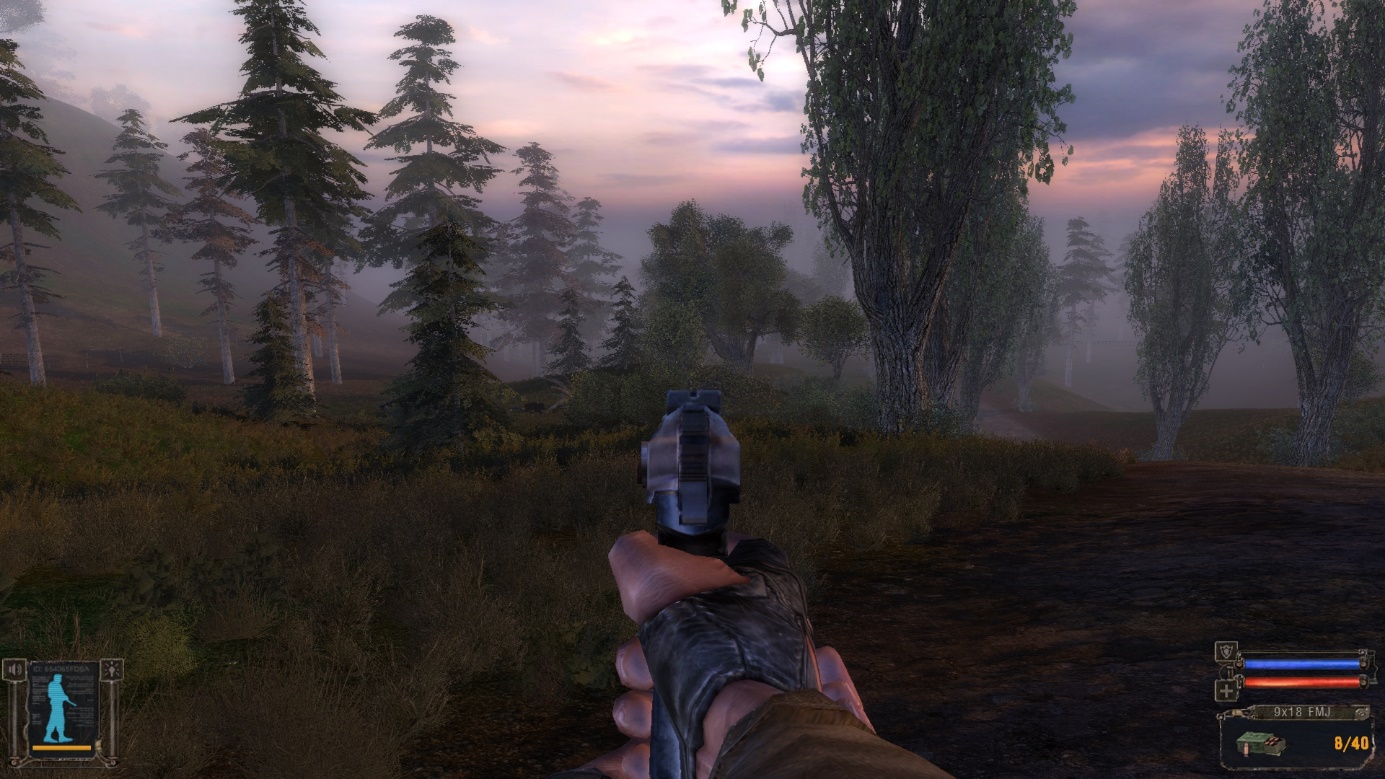
IN A NUTSHELL:
- Developer: GSC Game World
- Publisher: THQ Inc.
- Genre: Action
- Platform: PC
The last item on our list, S.T.A.L.K.E.R., is a game that was developed with exploration in mind. The zone is about 20 square kilometers large, and was divided into several smaller locations: Cordon, Garbage, Dark Valley, Agroprom, The Red Forest, Pripyat… these names really take me back. Exploration of individual areas was limited by powerful enemies and deadly anomalies. An interesting fact was that both the city of Pripyat and the Chernobyl Nuclear Power Plant, where the final stage of the game takes place, were faithfully based on real-life locations.
The action of S.T.A.L.K.E.R. takes place in Chernobyl, the location of the infamous nuclear power plant. As a result of a mysterious catastrophe, the sarcophagus created around the damaged reactor suddenly exploded. The fallout killed most living beings in the vicinity, and the contaminated zone continued to grow. A special commission started noticing many dangerous anomalies within that area. Expeditions that entered the zone reported the spreading of the anomalies and the progressing corruption due to radioactive contamination, but nobody dared to venture deeper than a few kilometers into the zone. In 2012, the zone started to attract volunteers, the Stalkers, who journeyed deeper into the zona and were able to retrieve various artifacts.
